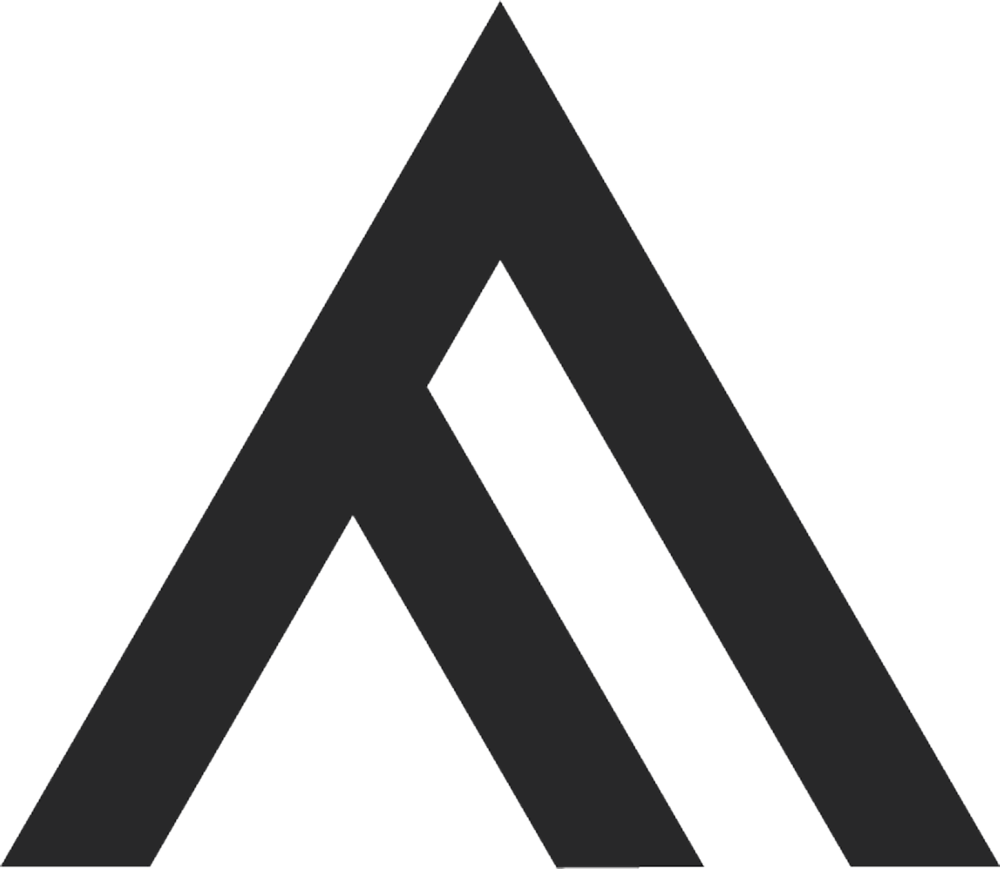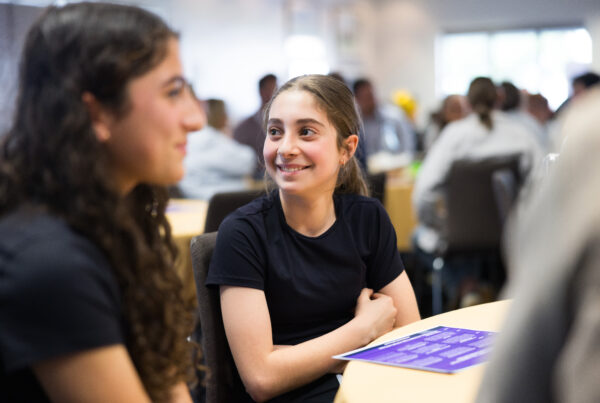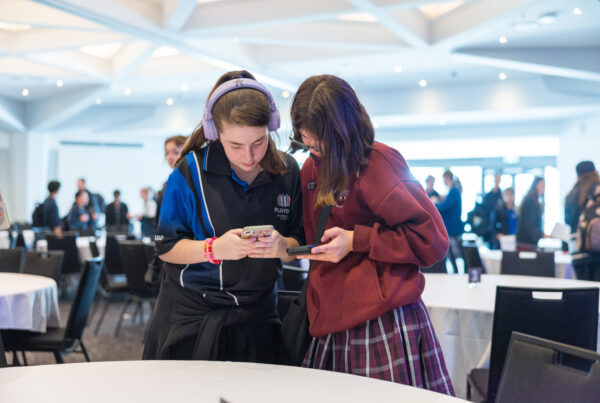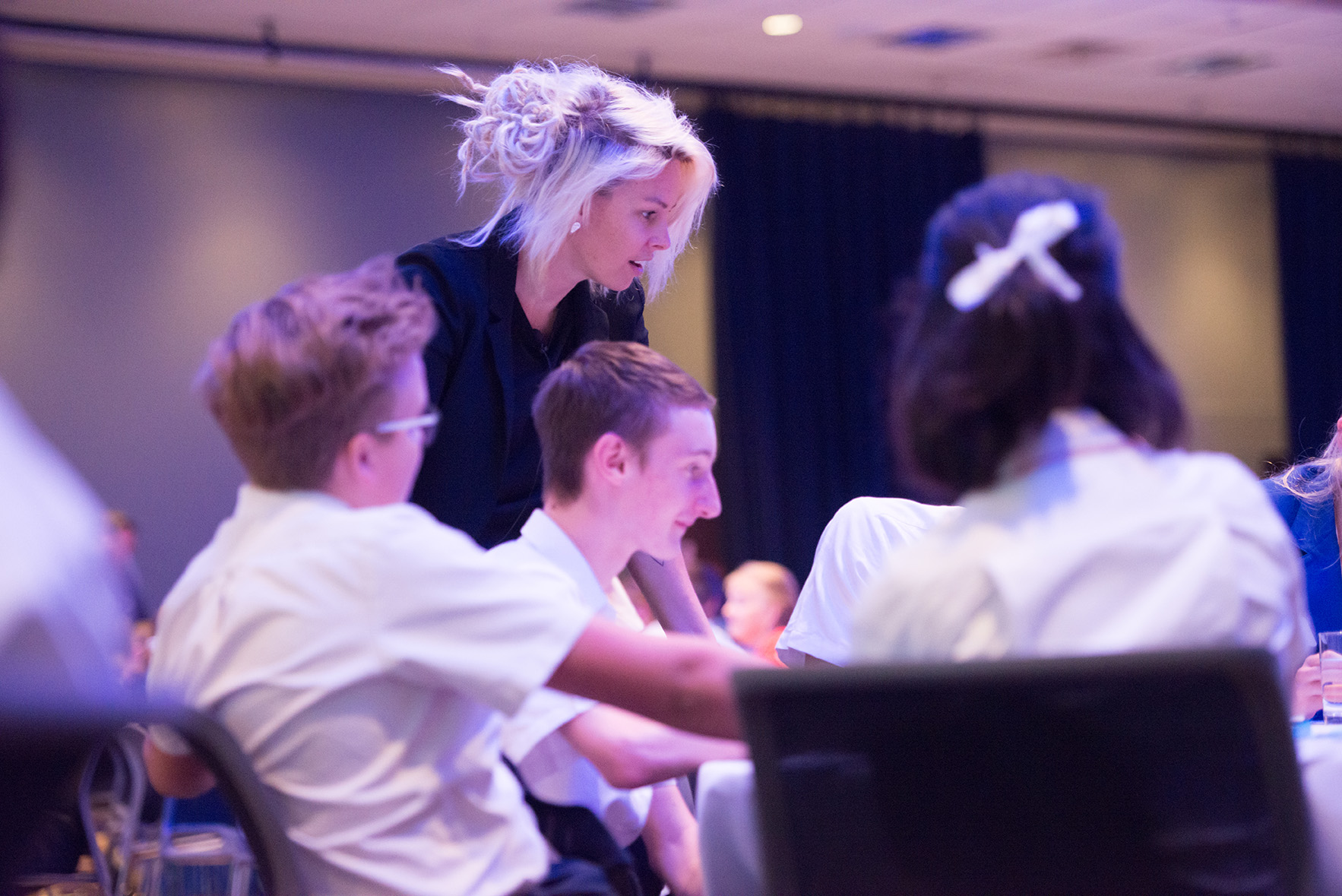
What makes great assessment?
Looking for the un-Googleable opportunity for students to shine.
by Nicole Dyson, Founder & CEO, Future Anything
A number of years ago, I was teaching Romeo and Juliet to a Year 10 English class.
It might be old school of me, but I love teaching classics like Shakespeare. I am, however, all too aware that the very mention of the Bard will often incite dread and boredom in young people who feel that contexts are far too removed from the experiences of young people (or any people) today.
In an effort to tighten the link between our learning in the classroom and real life outside the school gates, I used the text as a stimulus to look at how action, or in some cases an inability to take action, resulted in change.
As we read the play, we used markers to jot down the key plot points as a timeline on giant reels of butcher’s paper posted around the room. Then, for each plot point (or moment of action or inaction within the play), I had the class hypothesise alternative plot lines, and write these alternative endings up on the butcher’s paper. The end result was an ever-evolving spider web of ‘what if’ scenarios.
Imagine Romeo didn’t creep into the Capulet garden after the party. What might happen next?
Imagine Juliet tells her parents of her love for Romeo after the party. What might happen next?
Imagine the Friar confides in the Nurse of Romeo and Juliet’s love for each other. What might happen next?
From here, I had students (solo or in pairs) create a project in response to the Driving Question, “How can action, or an inability to take action, result in change?”
The outcomes.
Given the loose guidelines, the scope of student work was varied.
One student created a ‘Draw my Life’ that unpacked the serendipitous way her parents had met at a party the night before her father was to fly to Australia for university.
Another student designed and launched a crowdfunding campaign to raise money for an orphanage she had visited as a child with her parents. The campaign raised over $10k.
Another borrowed my DLSR camera to compile a Humans of New York-esque folio. Over a series of weeks, she met with dozens and dozens of people in the school community. She photographed an unidentified part of them (hand, feet, back of the head, piece of jewellery) and asked them about a time that action, or an inability to take action, had resulted in change in their life. She then transformed their stories into an anthology of humanity.
A pair of boys, who I must admit were the bane of my existence for much of the unit; distracted, distracting and off-task; scripted, recorded and edited a fifteen-minute mockumentary around a fabricated condition they had imagined called ‘IDM’, or ‘Immature Decision Making’. They used the science behind the development and maturation of the pre-frontal cortex to assert that prior to reaching 25 years old, adolescents are victims of IDM. They unpacked the science and biology behind the condition. They interviewed famous sufferers of IDM on their experiences (their friends impersonating Miley Cyrus and Justin Bieber). They interviewed doctors around possible treatment (which, might I add, was locking teens up until their 25th birthday). And, they did so in a complex, insightful, engaging and humorous way.
Then, the marking…
Like most teachers in Week 9, I then found myself sitting at the kitchen bench marking and reporting well into the night.
But, this time the marking was different.
For one, I enjoyed it.
But, far more importantly, in marking their assessments, I learnt as much about my students- who they were, what they cared about, and how they saw the world- as I did about their interpretation of the play.
[As an aside, this was one of the first Project-Based Learning units that I developed. There was so much I loved about this piece of curriculum, and there were also lots of learnings. As diverse as the students’ project were, there were some inherent challenges in marking a 15-minute mockumentary with the same rubric that one would use to mark a 600-word short story. More on this in our next Bending the Future newsletter.]
Voice and choice.
So often in education, we ask students to leave themselves at the school gate. To walk into classrooms as empty vessels, compliant and quiet; ready to gratefully swallow the knowledge given to them.
But, in approaching assessment like this, we forget that the best assessment is un-Googleable. It invites young people to catalyse the content with their own voice and choice.
Last week we held our second Live Learning session. Live Learning is Future Anything’s online continuing professional development series for educators. Each month, I get the honour of chatting with awesome movers, shakers, thinkers and doers on topics designed to help build entrepreneurial mindsets in Aussie classrooms.
Last week’s session saw Laura McBain (d.school, Stanford, USA) and Kwaku Aning (Center for Innovation and Entrepreneurial Thinking, San Diego Jewish Academy, USA) beam in from the USA to unpack how we can bring the real world into our classrooms through project-based learning.
One of my favourite quotes from Laura was when she remarked that “a small part of the soul of the designer lives on in their project.”
As we dive into marking and reporting, let’s try to remember, albeit through possibly stressed and bleary eyes, that our students have left a part of themselves within each assessment task that we mark.
Let’s try, as best as we can, to hold space for the young person behind the grade and focus on finding tangible and explicit opportunities to celebrate the learner, rather than the end-product.
Want to know more about building the entrepreneurial mindsets of young people in your classroom?
Subscribe to Future Anything’s regular e-newsletter to have resources delivered right to your inbox. You can sign up here.
About the author: Nicole Dyson
As a teacher in the USA, UK and Australia as well as a Head of Department and Head of Year at some of Queensland’s top-performing public schools, Nicole has repeatedly led the design and implementation of whole-school changes to support future ready learning; placing young people at the forefront of co-designing contextually relevant learning experiences.
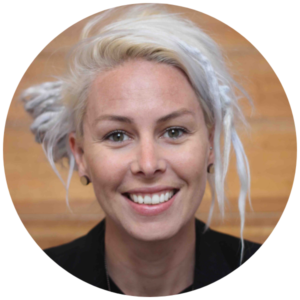
Nicole is an engaging and skilled facilitator, panellist and speaker who is a passionate advocate for equity, the future of education, and empowering young people to bend the future; one youth-led idea at a time.
Connect with Nic on LinkedIn here or Twitter here.
